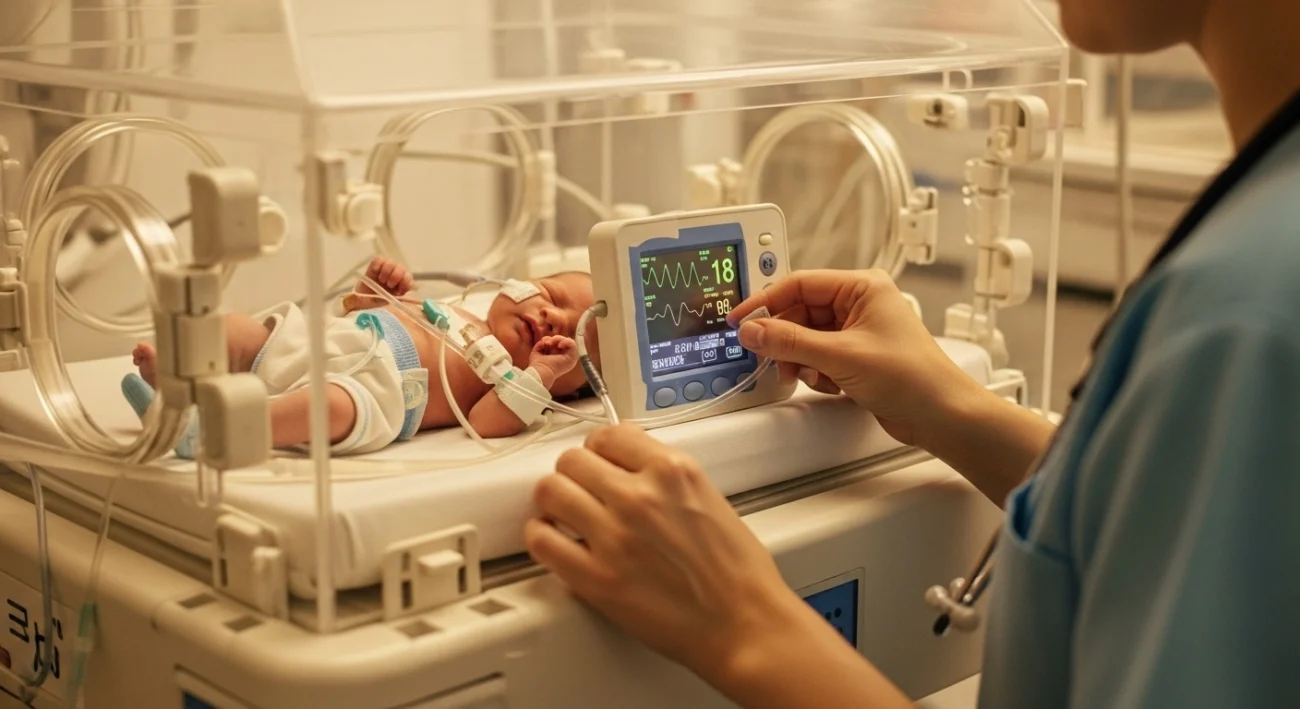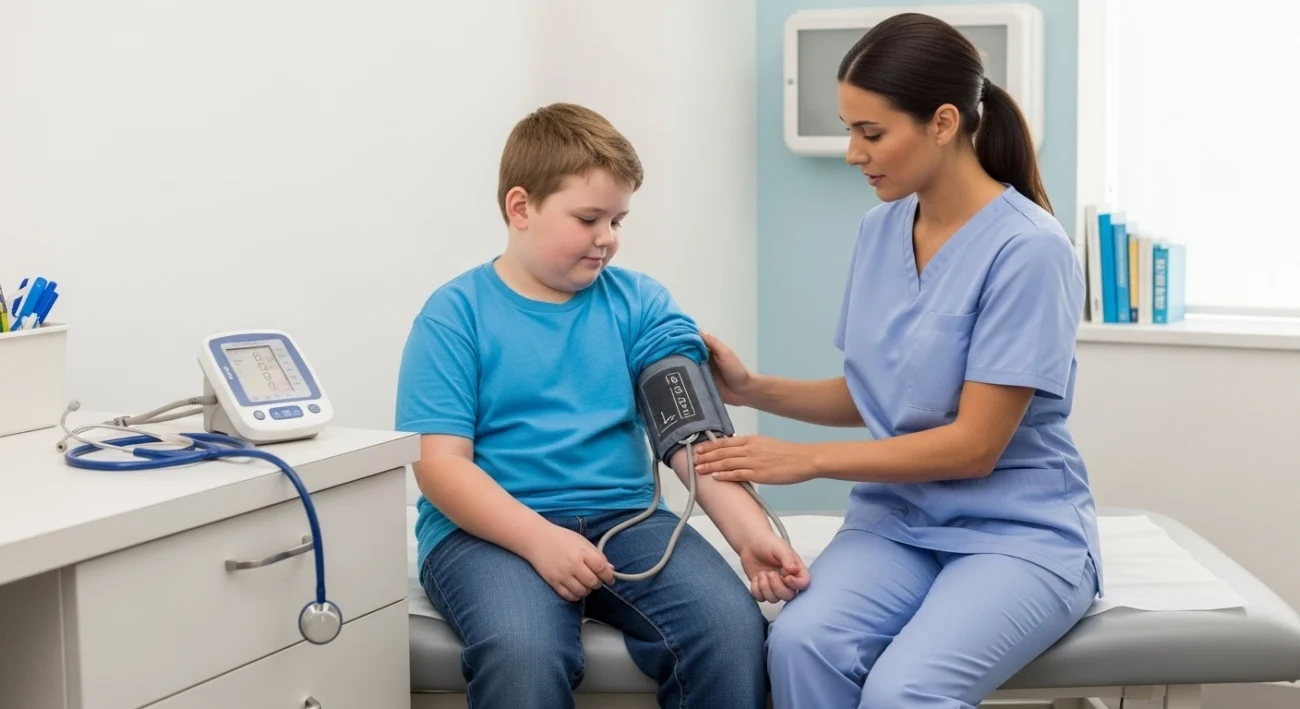Blog
Peds Vitals: Accurate Readings for Every Age Group

Ever taken a kid’s Peds Vitals signs and wondered “Is that fast because they’re scared, or because something’s really up?” You’re not alone. Kids don’t give you textbook readings they cry, wiggle, hold their breath, laugh, or just stare at you. Yet getting their vital signs right matters hugely. A normal heart rate for a teenager isn’t a normal rate for an infant. A blood-pressure cuff that fits an adult could give a totally wrong reading on a toddler.
In this comprehensive guide, you’ll discover the key pediatric vital signs heart rate, respiratory rate, blood pressure, and temperature along with how they change across different ages. You’ll also learn how to avoid common measurement errors and interpret readings accurately in real-world clinical and everyday wellness settings. Beyond the numbers, this guide connects vital signs to broader aspects of child health, and lifestyle, helping you understand how factors like sleep, physical activity, and emotional well-being influence these readings.
What “Peds Vitals” Really Means
“Peds Vitals” isn’t a cool jargon term it means “pediatric vital signs” and refers to the basic body functions that tell us how the child is doing: circulation (heart rate & blood pressure), breathing (respiratory rate), and temperature (and sometimes oxygen saturation). The tricky part: children are not just small adults. Their bodies work differently. For example, younger kids have higher heart and breathing rates because their stroke volumes (the amount of blood the heart pumps each beat) are smaller. When you know this, you see why a “fast” pulse in a baby might be totally normal but what looks normal in one age group could be a red flag in another. Whether you’re a nurse, paramedic, doctor, or parent, this resource will boost your confidence in monitoring children’s health and supporting their overall well-being.
Displaying the normal ranges (min-max) for vital signs in a tabular format for easy reference.
| Age Group | Heart Rate (beats/min) | Respiratory Rate (breaths/min) | Systolic BP (mmHg) |
|---|---|---|---|
| Newborn (0-1 mo) | 120 – 170 | 30 – 60 | 60 – 95 |
| Infant (1-12 mo) | 100 – 160 | 25 – 45 | 70 – 105 |
| Toddler (1-3 yr) | 80 – 150 | 20 – 40 | 70 – 105 |
| Preschool (3-5 yr) | 80 – 135 | 20 – 30 | 75 – 110 |
| School-age (6-12 yr) | 70 – 130 | 15 – 30 | 80 – 120 |
| Adolescent (13-18 yr) | 60 – 105 | 12 – 25 | 90 – 125 |
Note: These values represent general normal ranges for pediatric vital signs. Always consult clinical guidelines or a healthcare professional for specific cases.
Avoid the Pitfalls
Measurement of Heart Rate
Use either palpation (on the radial or femoral pulse) or a monitor. But if the child is crying, heart rate can skyrocket temporarily. Wait if you can calming the child often gives a better baseline.
Fever can add ~10-20 bpm for each degree Celsius rise. Take that into account.
Respiratory Rate – The trickiest
In infants especially, you’ll see irregular breathing. Count the breaths for a full minute whenever possible (rather than 30 seconds multiplied by 2) because the rhythm is less regular. Movement, crying, or sucking a pacifier affect the reading. Try to get the child calm and count when they’re quiet or sleeping easier said than done.
Blood Pressure – Size matters
Cuff size is critical. A cuff too small gives a falsely high reading; too large gives falsely low. One guideline: the bladder length should cover ~80% of the arm circumference and width ~40%. Choose the correct site (usually upper arm). If the child is agitated, BP may rise just from stress note that.
Temperature – Not just a number
Which method you use matters (oral, axillary, tympanic, rectal). For infants <3 months, rectal is most reliable. Some older guides still cite this. Incorrect method = misleading data.
Add the “Trend” check
One reading is okay, but comparing over time gives far more meaning. Is the heart rate climbing steadily over hours? Is the respiratory rate creeping up? A single “high” value may be nothing; a rising trend is. Many guides mention ranges, fewer note this trend-based mindset.
Special Circumstances – When Things Aren’t “Standard”
Prematurity / Neonates
Preterm infants have even different norms. Their vital signs may be different because of immature lungs/circulation. If you’re monitoring these, always reference neonatal charts. Some tools list them separately.

Obesity / Big Kids
In children with high body mass index (BMI), you may find blood pressure cuff fit or heart/pulse readings are harder. Obesity is associated with higher BP and heart rate in children and adolescents. Use appropriately sized cuffs and note when values might be influenced by body habitus.

Movement / Crying / Anxiety
If the child is screeching with tears or kicking on the bed, vital signs may reflect that, not their baseline. Whenever possible, wait until they calm or sleep for “true” resting values. Document the condition (e.g., “awake, agitated”) so interpretation is fair.

Chronic Illness / Medications
Kids with heart disease, lung disease, or taking medications (like beta-blockers) may have baseline values outside “normal.” Use their previous records and compare trends more than absolute numbers.

Interpretation
Normal vs Acceptable
Even the best charts show a “normal” range, but “acceptable” values may vary depending on age, condition, and context. For example, The Royal Children’s Hospital Melbourne states that for respiratory rate, patterns are often more important than a single number. So: a 6-year-old with RR of 32 might still be ok if calm and no distress but if RR is rising steadily over time, it’s a bigger red flag.
Age-Adjusted Thresholds
You’ll often see that heart rate and respiratory rate decrease gradually as children grow. If you expect a 90 bpm heart rate in a 5-year-old and find 130, that’s above what we’d expect. Using age-specific charts prevents “everything in kids is fast” from becoming a mis-diagnosis.
Recognising the Sick Child Early
Children compensate. Their blood pressure may stay “normal” even when they’re about to crash. The Teach Me Pediatrics article emphasizes that hypotension is often a late sign in a sick child. So when heart rate rises, breathing rate goes up, skin becomes pale/mottled, or the child is exhausted act sooner rather than waiting for BP to drop.
Conclusion
We just walked through the adult-learning version of “Peds Vitals: Accurate Readings for Every Age Group.” You now know key ranges by age, how to measure properly, how to adapt for tricky kids, and how to interpret what you see. Vital signs aren’t just numbers they tell a story. And the more accurate your measurement is, the clearer that story becomes. In pediatrics especially, the context counts: the age, environment, child’s state, equipment used. Measuring well isn’t glamorous, but doing it right can catch issues earlier, avoid misdiagnosis, and give kids better care. Keep your charts handy, double-check your equipment, wait for the calm moment when you can and use the trends you see over time. Because with the right approach, you’re not just recording numbers you’re reading the signals that matter. Here’s to fewer surprises and more confidence in every pediatric vital reading.
